Check Your Inboxes! My Newsletter Is Out!
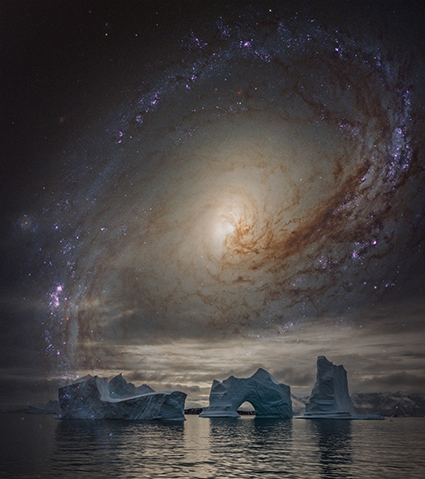
Check your inboxes!
My newsletter Insights went out Monday, Jan 5th at 6 am EST.
This special issue features The Best Of The Best Photography Of 2019.
Plus there’s more.
Sign up today!

Check your inboxes!
My newsletter Insights went out Monday, Jan 5th at 6 am EST.
This special issue features The Best Of The Best Photography Of 2019.
Plus there’s more.
Sign up today!
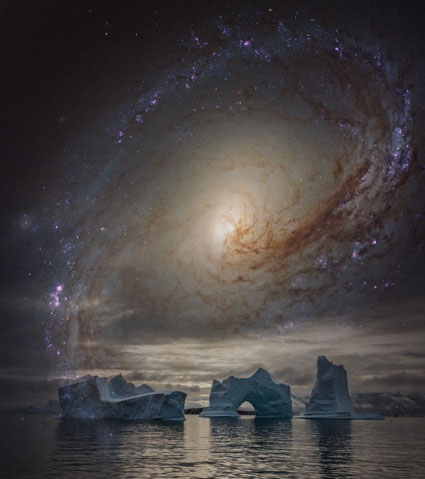
Constellation
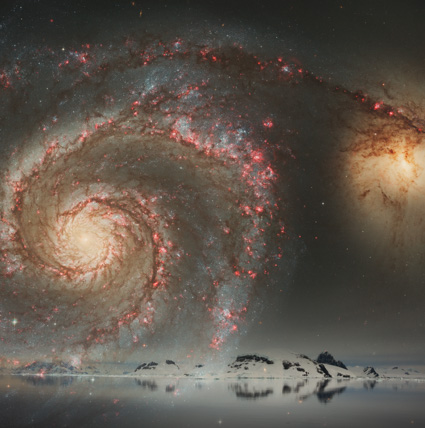
Constellation
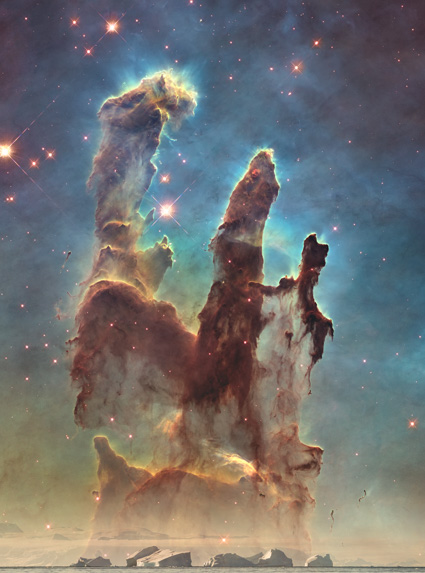
Constellation

Constellation
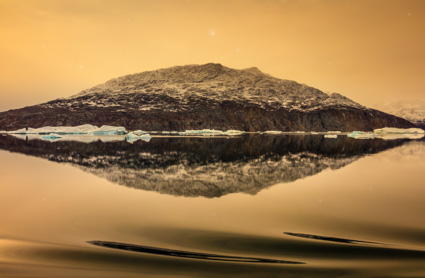
Constellation
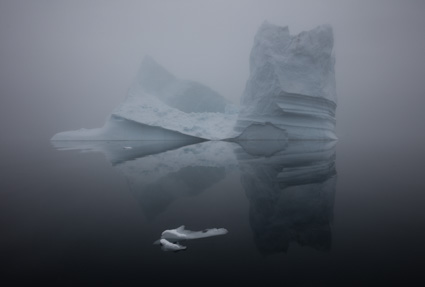
Revelation
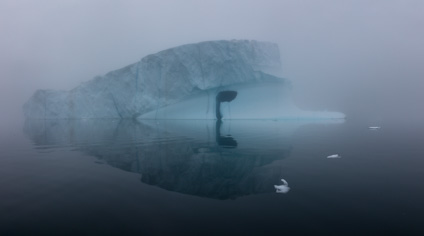
Revelation
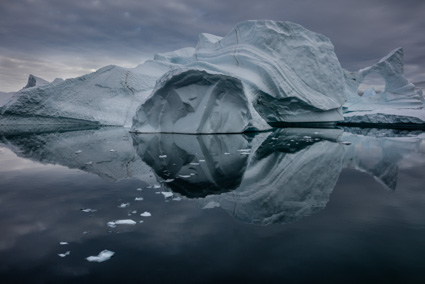
Revelation
This is a selection of my top images of 2019.
Check back later – there will be some late entries.
This selection doesn’t reflect sales, publication, or activities on the web. It simply reflects my opinion.
Geography
The locations include Antarctica, Scoresbysund Greenland, Iceland, and Namibia.
Process
Continuing the momentum from the previous year’s experiments I combined more images from the Hubble telescope (in the public domain ) with my own exposures, expanding my series Constellation with new images of deep space as well as stars observed with the naked eye.
Fog and glassy smooth waters in Scoresbysund Greenland offered surprise “straight” additions to my series Revelation. There are many other successful exposures waiting to be finished as composites. The images I released in 2019 all have a primal quality, a felt sense of being in the presence of another consciousness.
Concepts
Ideas about a living earth have been expanded to a living universe.
Where images in my Land In Land series present married views of the same land in both an overview and a detail seen by looking very closely, images in Constellation present married views of lands and the stars that surround them offering a glimpse into deep space and time. What’s beyond the object, behind the surface, and perhaps even within it shows through.
Magic Moments
We had ten straight days of full sunshine in Antarctica. Amazing!
Still waters and thick fog persisted for several days in Greenland’s, Scoresbysund.
Standing out the door on the rail of a helicopter above Icelandic rivers was thrilling.
It was a very productive year; more than 75 new works released; more than 150 new studies made.
It’s challenging to choose so few images from so many – but it’s insightful. Try selecting your own top 12 images. Try selecting the top 12 images of your favorite artist(s).
View more of my Annual Top 12 Selections here.
View more images in my ebooks here.
View my full Works here.
View my Series videos here.
View new images in my newsletter Collectors Alert.
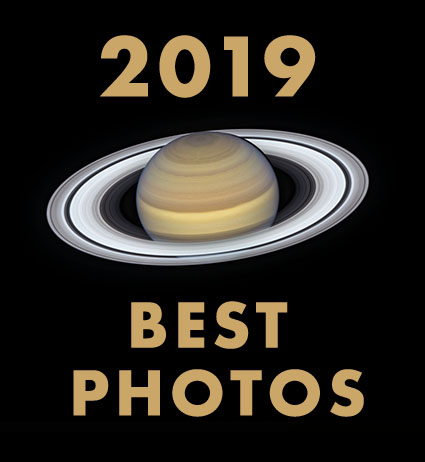
The new year is a wonderful time to look at great photographs!
Dozens of media outlets collect their best from the past year.
You’ll find links to the best of the best below.
Enjoy!
Time’s 2019 Top 100 Photos
The New York Times Year In Pictures 2019
CNN 2019 Year In Review
CNN’s Best Travel Photos Of 2019
Bloomberg’s Year in Pictures 2019
Bored Panda’s 30 Most Powerful Press Photos Of 2019
Magnum’s Pictures Of The Year 2019
Top AP Photos Of 2019
New York Post’s Best Photos Of 2019
The Guardian’s Best Photographs Of 2019
The Guardian’s A Decade In Pictures 2010-2019
The Atlantic top 25 News Photos Of 2019
The Atlantic The Most 2019 Photos Ever
The Atlantic Photos Of A Decade 2010-2019
Reuter’s Best Photos Of 2019
CBS News Best Photos Of 2019
World Press Photo 2019 Contest Winners
Agora World Photography Competition 2019 Winners
My Modern Met
The Best New Yorker Photography Of 2019
National Geographic
Gizmodo’s Best Wildlife Photos Of 2019
Audubon’s 2019 Photography Award Winners
Business Insider’s Best Wildlife Photos Of 2019
Science’s Favorite Photos Of 2019
Sports Illustrated’s Best Photos Of 2019
The Guardian’s Best Sports Photography Of 2019
Best Photography Books Of 2019 – I
Best Photography Books Of 2019 – II
Sign up for my newsletter Insights for more great content.
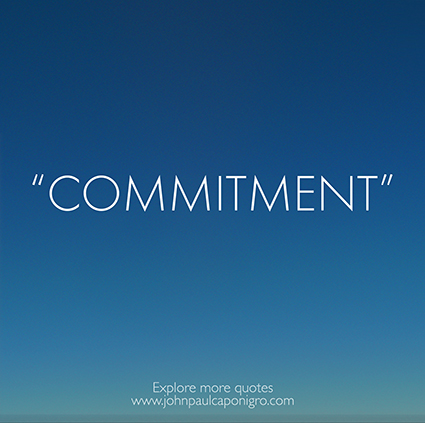
Enjoy this collection of quotes on Commitment.
“The quality of a person’s life is in direct proportion to their commitment to excellence, regardless of their chosen field of endeavor.” – Vince Lombardi
“Motivation is what gets you started. Commitment is what keeps you going.” – Jim Rohn
“Desire is the key to motivation, but it’s the determination and commitment to an unrelenting pursuit of your goal – a commitment to excellence – that will enable you to attain the success you seek.” – Mario Andretti
“Most people fail not because of a lack of desire but because of a lack of commitment.” – Vince Lombardi
“Unless commitment is made, there are only promises and hopes; but no plans.”― Peter F. Drucker
“The most important element in the failure equation is your personal commitment to keep trying.” – Catherine Pulsifer
“Commitment is what transforms a promise into a reality.” – Abraham Lincoln
“Commitment is the foundation of great accomplishments.” – Heidi Reeder
“The only limit to your impact is your imagination and commitment.” – Tony Robbins
“You don’t know what your abilities are until you make a full commitment to developing them.”– Carol S. Dweck
“Without commitment you cannot have depth in anything.” – Neil Strauss
“Commitment is an act, not a word.” – Jean-Paul Sartre
“Commitment leads to action. Action brings your dream closer.” – Marica Wieder
Read More
Photoshop 2020 introduces new features, improvements to old features, and AI improvements.
Check out these 4 videos for details.
Learn more with Julianne Kost’s full post including two more videos.
Learn more in my digital photography and digital printing workshops.
How many reasons are there to make prints?
I count the reasons in this video.
Get my Digital Printing Quick Start Guide here.
Learn more in my fine art digital printing workshops.
.
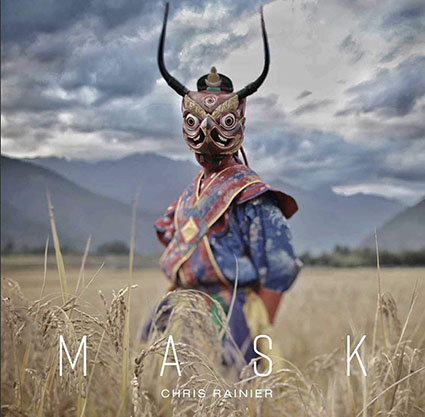
.
.
Chris Rainier’s new book Mask is out!
Use these resources to find out more about the man and the book.
Enjoy!
.
View 12 Great Images From Mask.
View 12 Great Images By Chris Rainier
.
Read Great Quotes By Chris Rainier
.
View his Aspen Institute talk.
View his National Geographic talk.
.
Visit his non-profit’s website Cultural Sanctuaries
.
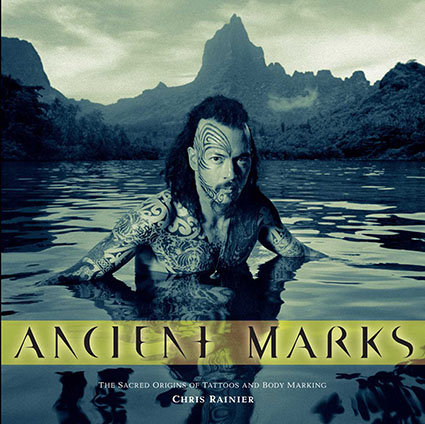
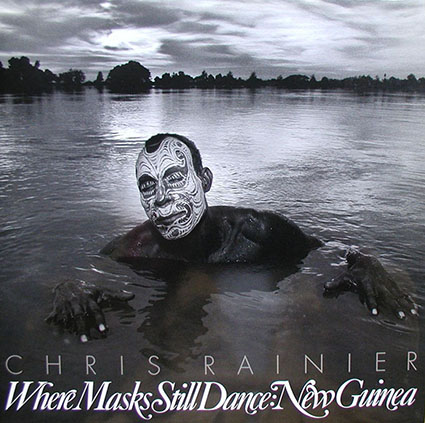
Get Where Masks Still Dance here.
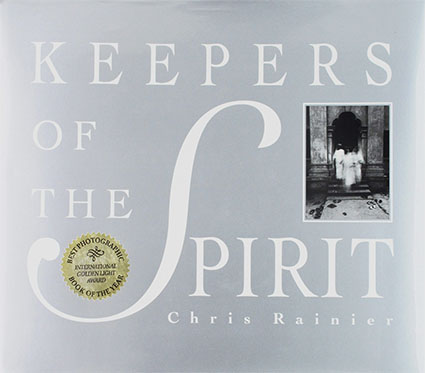
Get Keepers Of The Spirit here.
.
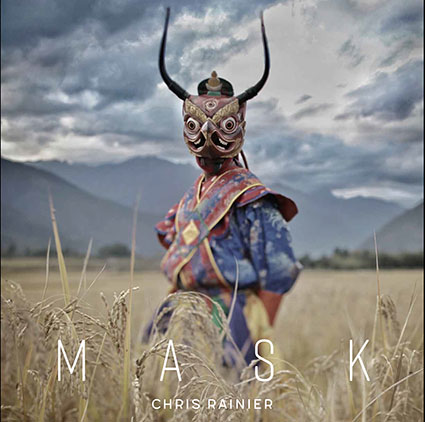
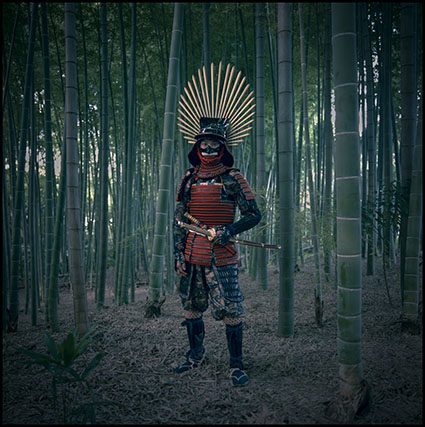
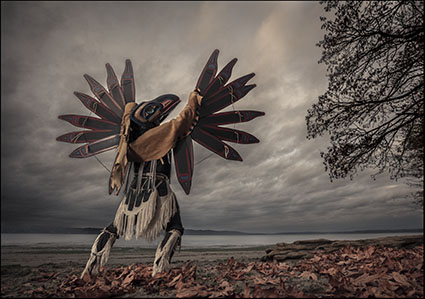
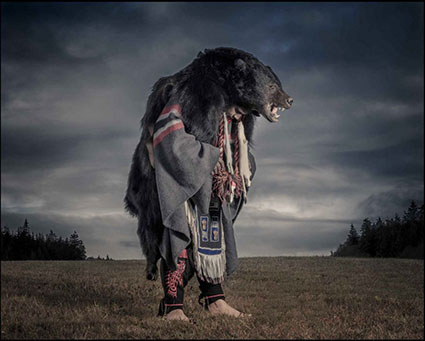
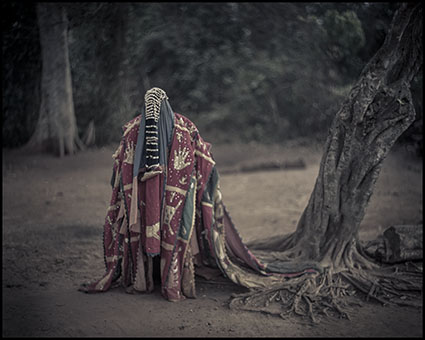
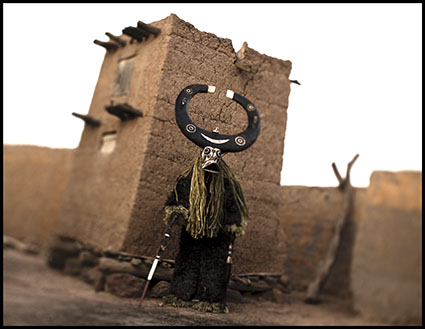
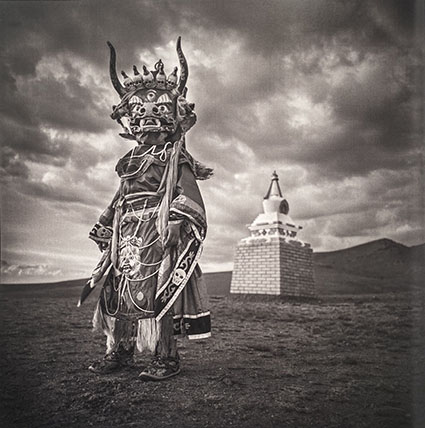
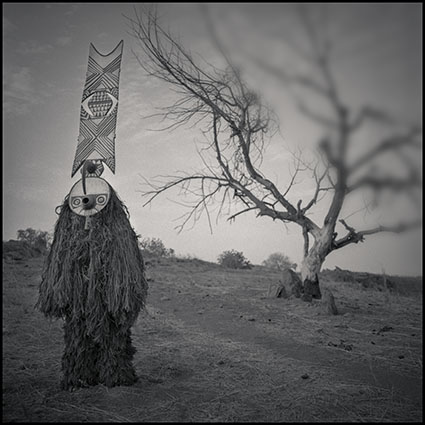
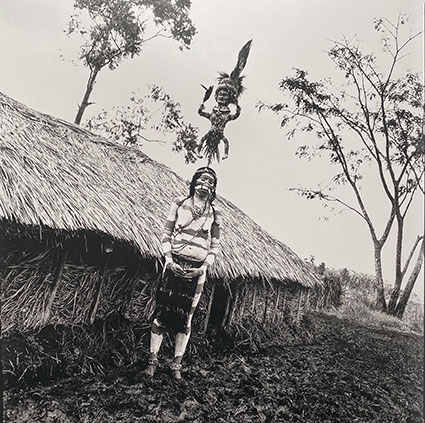
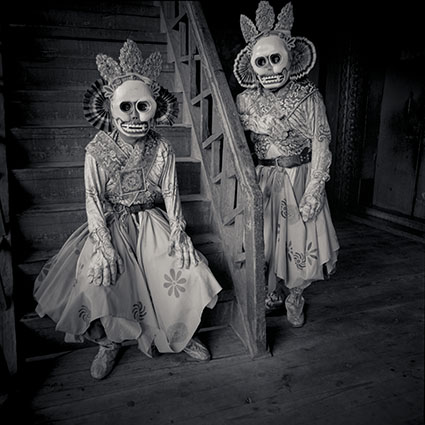
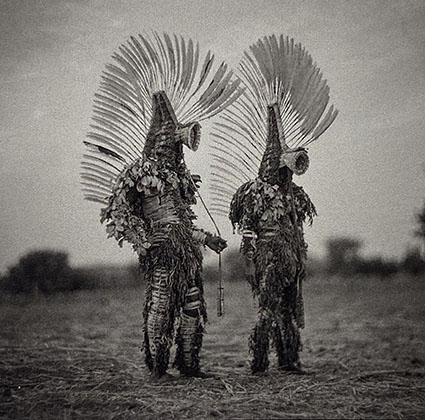
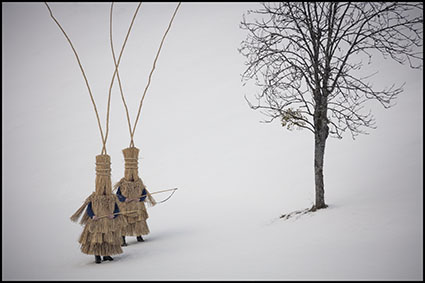
In his new book Mask, Chris Rainier focuses his lens on the uses of masks across cultures, religions, and eras to reveal something universal about humanity.
You’ll want to read this book twice. First, just look at it. Then, read the back matter.
The images are extremely powerful on their own yet the book takes us even deeper with the additi0n of ethnographer Robert L Welsch’s comments on the individual masks, traditions, and cultures.
Learn more about Mask and Chris Rainier here.
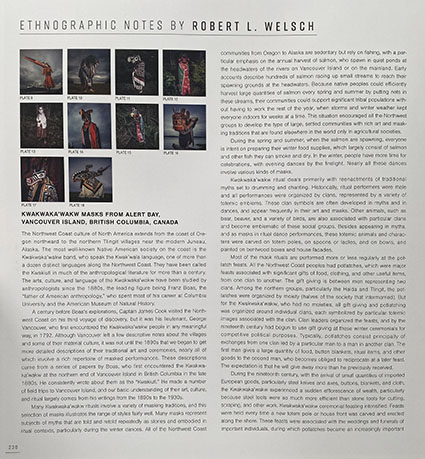
“Using the power of photography, Chris Rainier, National Geographic Society fellow and photographer, takes us on a journey to cultures that are using computers, cameras, and video to archive and preserve their quickly disappearing ancient traditions. He will show clear examples of traditional communities using technology to revitalize and maintain their way of life. Traveling the planet for over 30 years, Rainier has been in a race against time — to document ancient communities struggling to save their ancient ways of living for future generations. Now, with the advent of technologically driven storytelling and social media, he focuses his energy on helping to empower indigenous communities to gather around the “fireplace” of the Web to tell stories — stories of what it means to be alive and human in the 21st century.”
Discover more by Chris Rainier here.

Check your inboxes!
My newsletter Insights went out Monday, Nov 11th at 6 am EST.
This special issue features 24 Great TED Talks On Photography.
Plus there’s even more.
Sign up today!
–
If you already signed up but didn’t get this issue, check your email for a reconfirmation email sent last Friday, Oct 25th at approximately 10:40 am EST.

